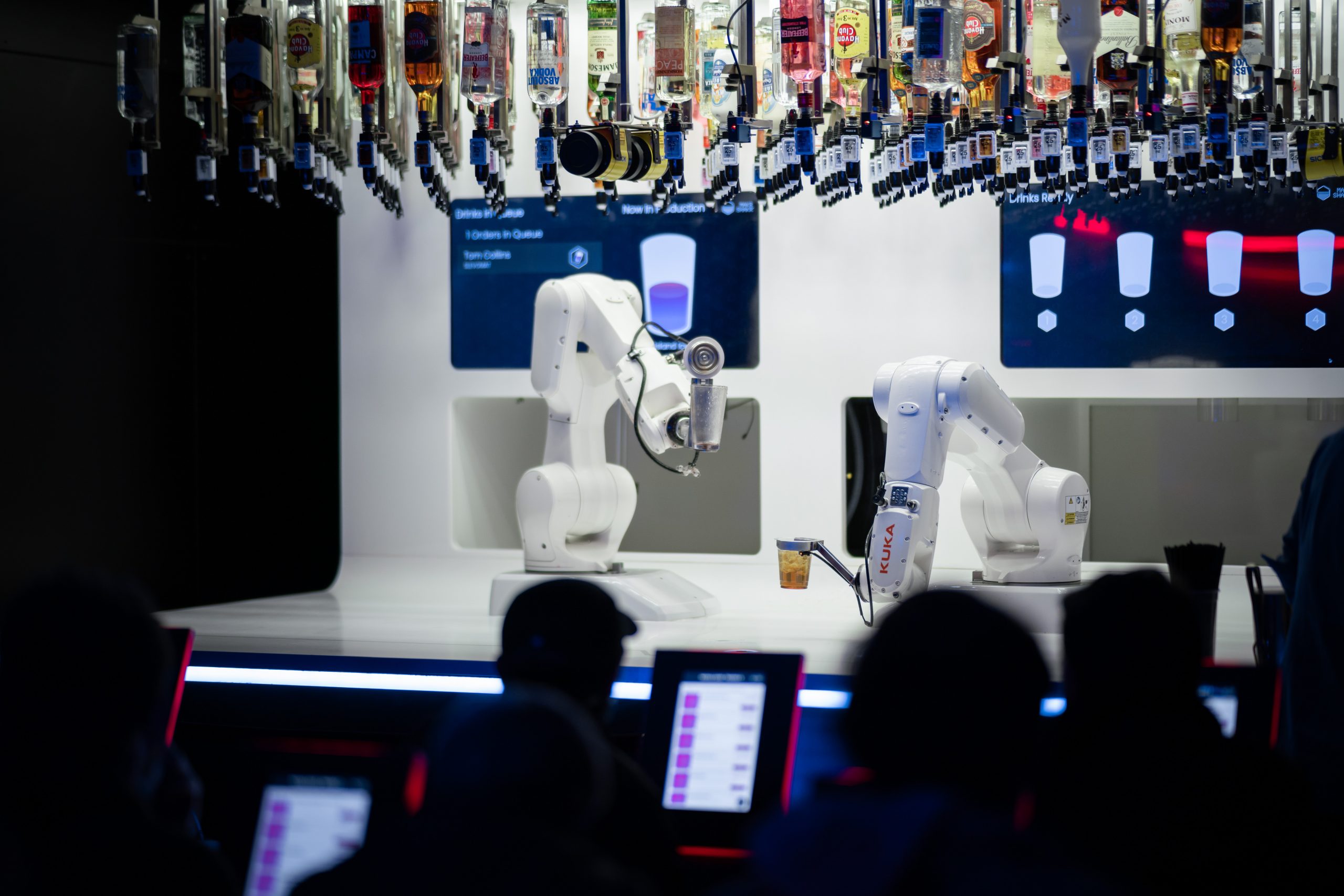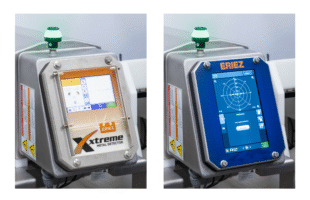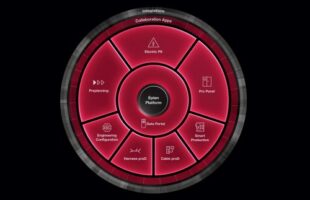
Michael Fousert/Unsplash
The machine vision industry is projected to see positive growth in the next 3 years, according to analysis conducted by Frost & Sullivan. Market opportunities are driven by increasing demand for automation to boost operations and productivity, particularly in the food and beverage industry.
The industry is estimated to reach $14.02 billion in revenue by 2025, up from $10.28 billion in 2020. Annual growth rate is expected to be at 6.4%, with the Asia-Pacific region being the largest and fastest-growing market.
Suppliers should focus on the three areas to see growth in the space. One is one self-optimising manufacturing, wherein you integrate artificial intelligence (AI) into existing operating technology and information technology. Another is robotics-as-a-service (RaaS), and it would benefit companies to offer cost-effective solutions that enhance quality and inspection parameters. Deep learning and AI is another area where enterprises can meet consumer needs in technology innovation, flexibility, efficiency and accuracy
“The demand for machine vision systems will witness a surge as the manufacturing industry worldwide makes a transformational shift toward Industry 5.0, which will be fully autonomous with human-to-machine interfaces and zero waste,” said Sujan Sami, Industrial Program Manager at Frost & Sullivan. “Further, the change in consumer eating habits and lifestyles due to pandemic has resulted in the growth of food and beverage manufacturing, processing, and packaging companies. As food safety regulations grow stricter globally, food processing and manufacturing industries increasingly depend on machine vision systems for quality control.”
Sami added: “As end-users increasingly seek compact, high-quality, and easy-to-integrate vision solutions for their business processes, market leaders are developing strategic partnerships with automation and robotics companies to bring cost-effective business and service models in the machine vision space. Further, market participants’ efforts to provide automation solutions at low costs encourage them to create innovative business models like the subscription-based as-a-service model, which meets customers’ needs for high-quality services at low prices.”








